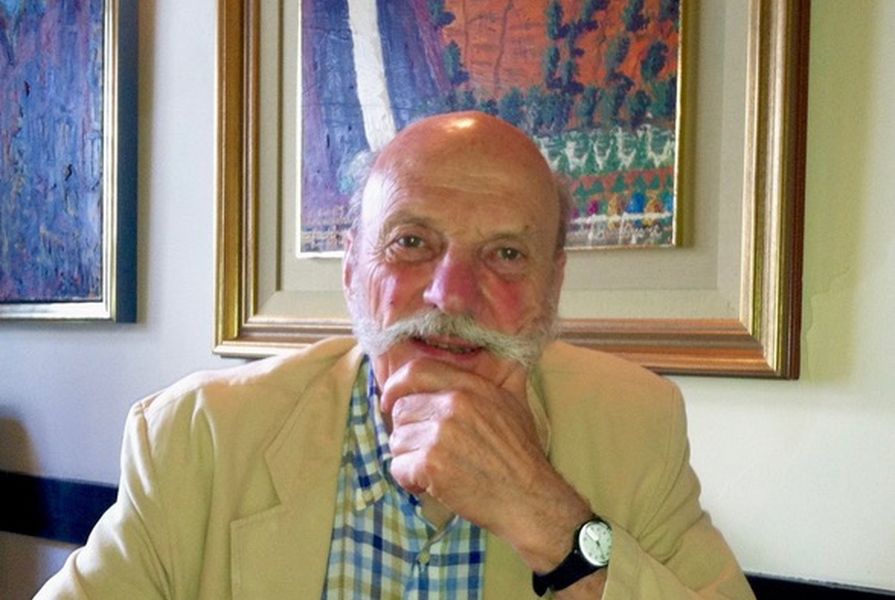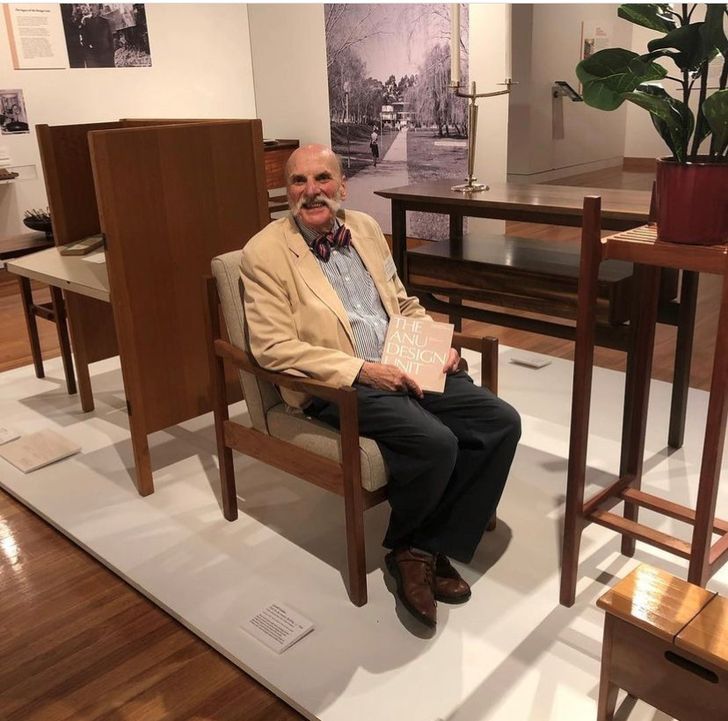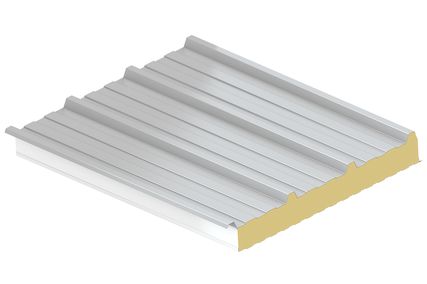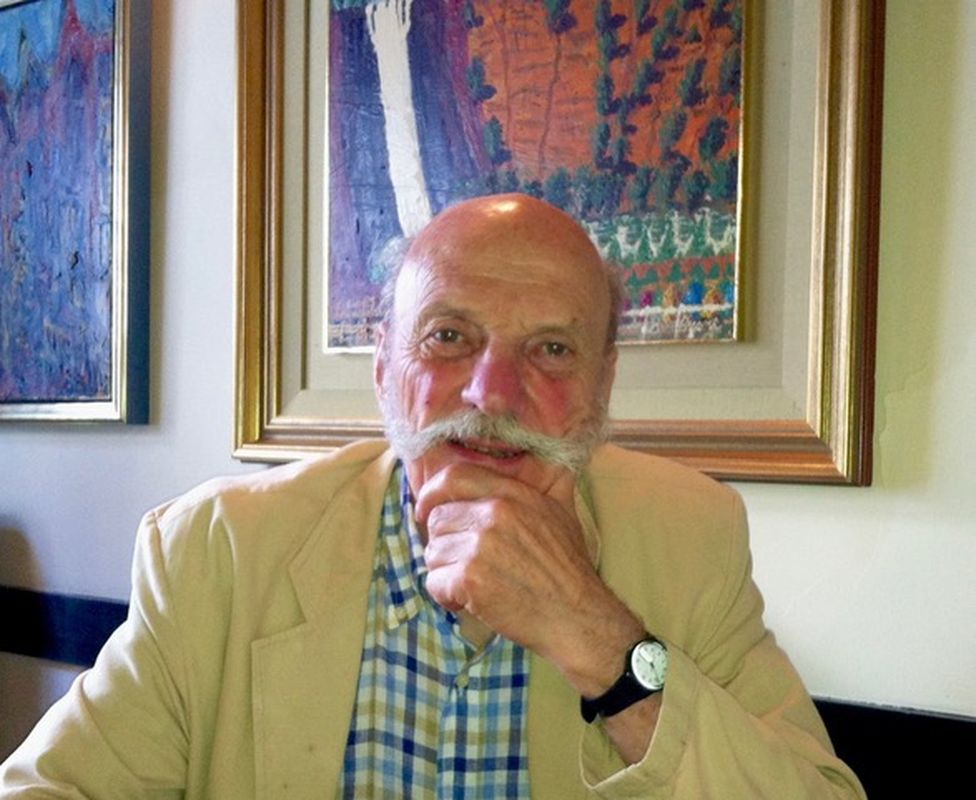Gerald Easden was a well-known designer who contributed greatly to many memorable design outcomes in Australia during his 60-year career. He was a significant furniture designer, who also worked as an interior designer, with many accomplishments in graphic design and the occasional foray into product design. He was an all rounder, and also a gentleman (this title followed him around over the years and was a lasting impression of his attitude and his behaviour).
Easden was born in High Wycombe in the United Kingdom in April 1934. Since High Wycombe was the centre of furniture design and manufacturing in Britain at this time, it was unsurprising that he enrolled at the Wycombe Technical Institute in Furniture and Interior Design, and graduated in 1950. He worked in the drawing offices of two large furniture manufacturers, Ercol and Parker Knoll from 1950 to 1957 (less two years national service in the RAF).
He came to Australia in 1957 and worked in the design studio of Radio Corporation-Astor, and from 1958 to 1961 he was employed as a designer for Reliance Furniture, winning two Good Design Awards from the Victorian Guild of Furniture Manufacturers in 1960. He worked as an interior designer in the Victorian Public Works Department from 1961 to 1962, designing furniture and interiors for government offices, courts and hostels, before joining the studio of the Commonwealth Department of Works, to design interiors and furniture for the cabins and public spaces of the Empress of Australia, which was built in Sydney as the Sydney to Hobart ferry. During his tenure he also designed furniture for the Reserve Bank, for many government offices and the Melbourne and Sydney Airports.
In 1963, Easden was appointed assistant university designer for the Australian National University in Canberra. He worked closely with legendary designer Derek Wrigley, university designer, and deputized for Wrigley for six months to cover for his overseas study tour. Easden designed furniture for the university halls of residence, devised graphics for university publications and catalogues for exhibitions, and oversaw the hanging of paintings for Sidney Nolan and John Percival exhibitions. He was also a part time lecturer in charge of interior design at Canberra Technical College.
Gerald Easden in a chair of his own design.
Image: Supplied
In 1968, he married Jenny in Canberra, and the couple moved to Melbourne, where he set up his freelance practice in South Yarra and then later in Toorak. His consultancy offered services in interiors, furniture, exhibition and graphic design. Then, in 1973, the family moved to Mitcham, where they were to live for the next 47 years.
He designed interiors for retail and duty-free stores in Melbourne, Sydney, Brisbane, the Gold Coast, Cairns and Port Douglas. He also designed exhibition stands in Melbourne, Sydney, Germany, China and Japan, as well as interiors and furniture for restaurants, hotels, motels, offices and domestic clients. His Australian manufacturing clients included Aristoc, Fler, Module and Ausgum, as well as Chinese and Malaysian manufacturers with exports to the UK, Europe and the Middle East.
Easden was a multi award winning designer, winning over twenty Good Design Awards and awarded “Modern Icon” status of Australian Furniture by the Australian Furniture Association in 2013. He was elected a Fellow of the Design Institute of Australia in 1997, awarded a DIA Gold Citation in 2002, and inducted into the DIA Hall of Fame in 2018.
Easden was the consummate designer, as his record attests, but he was also a loving husband and father, as well as a great colleague and friend. He is sadly missed by his wife Jenny and children Mark, Mandy, Rebecca and Ben.
A wonderful designer and a great gentleman has left the stage.


















